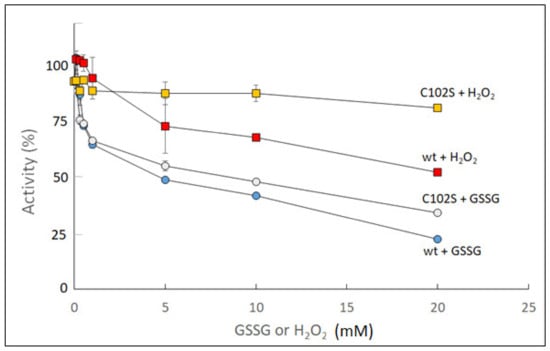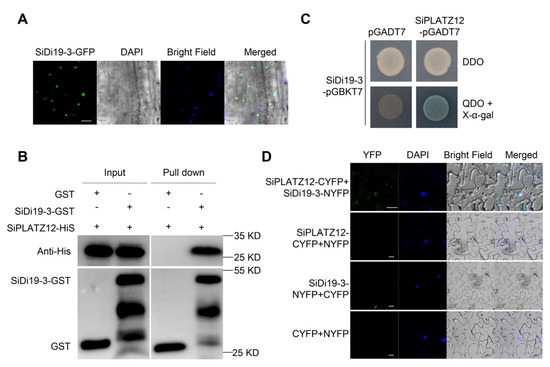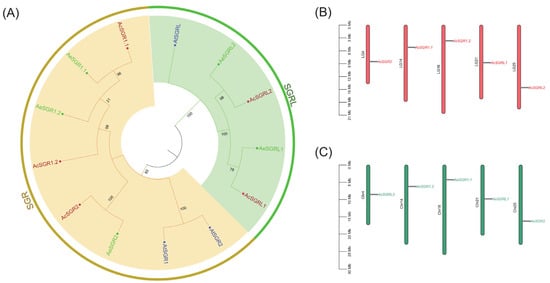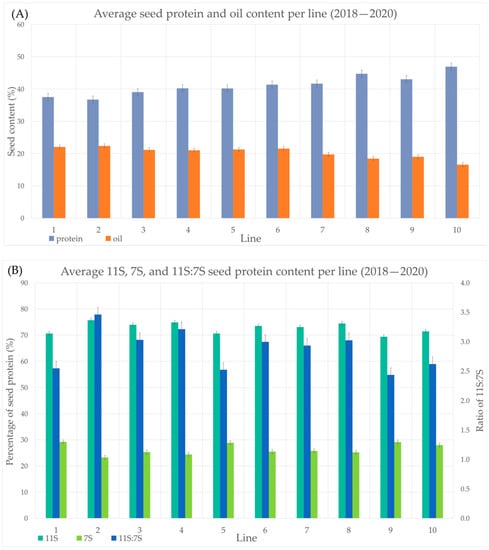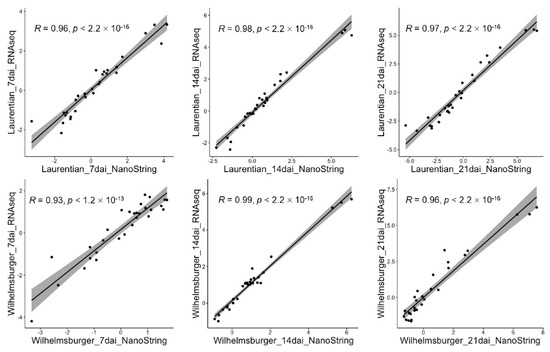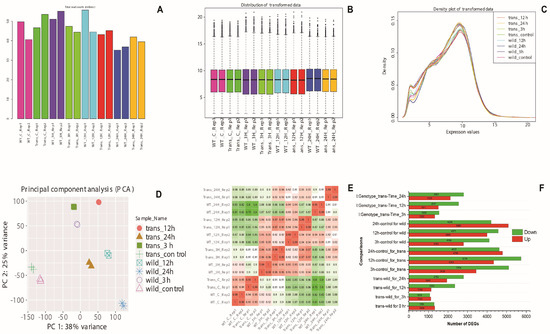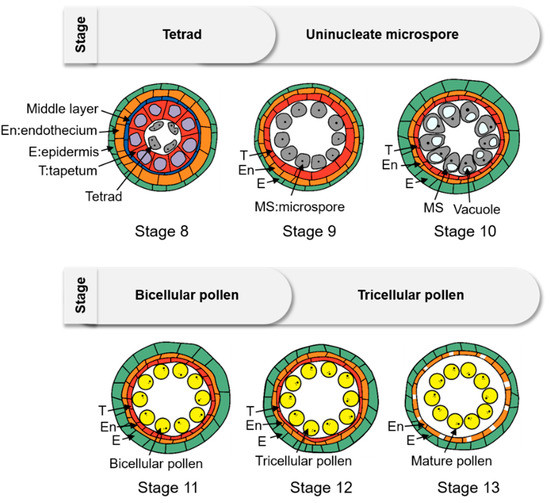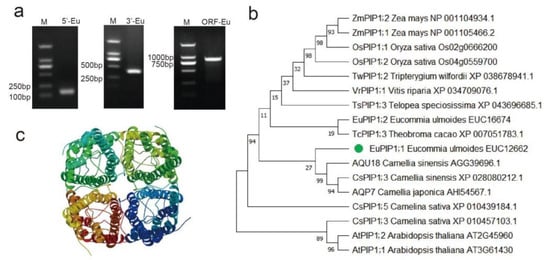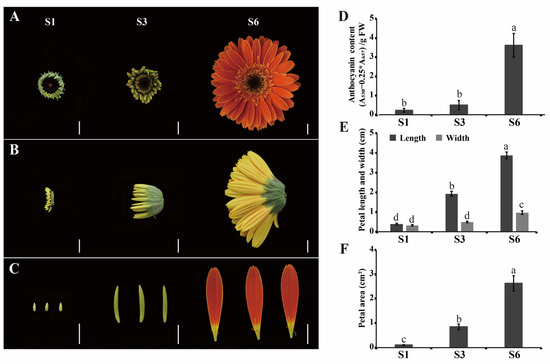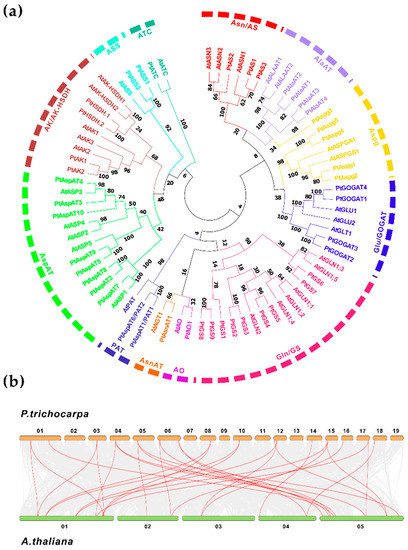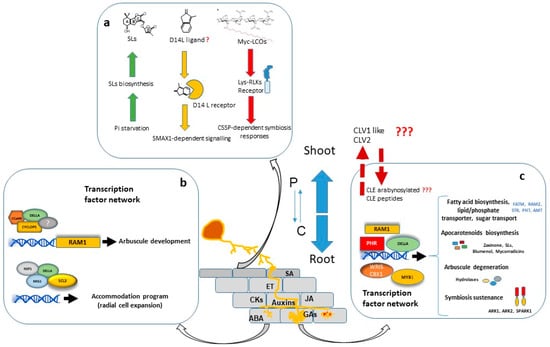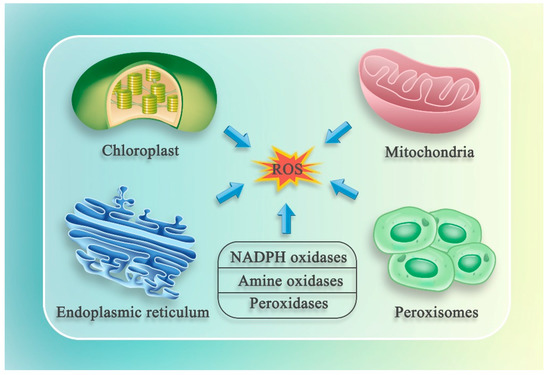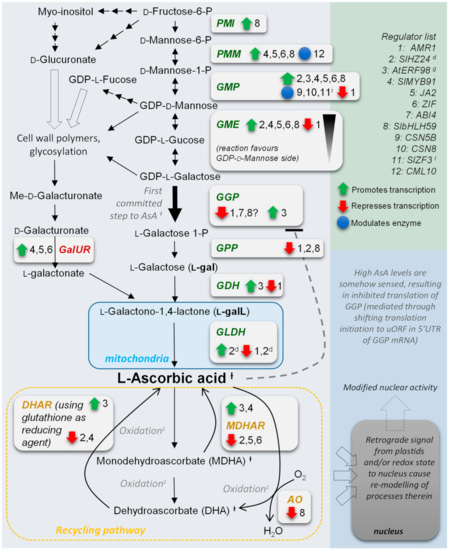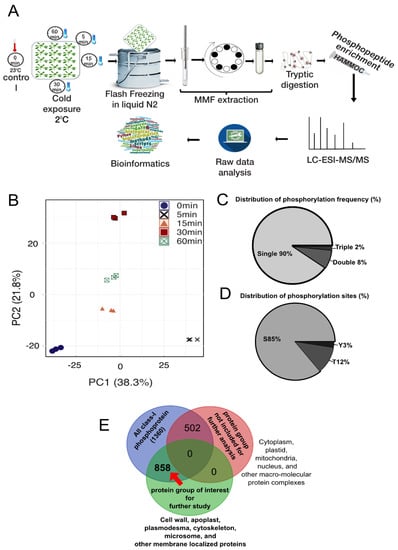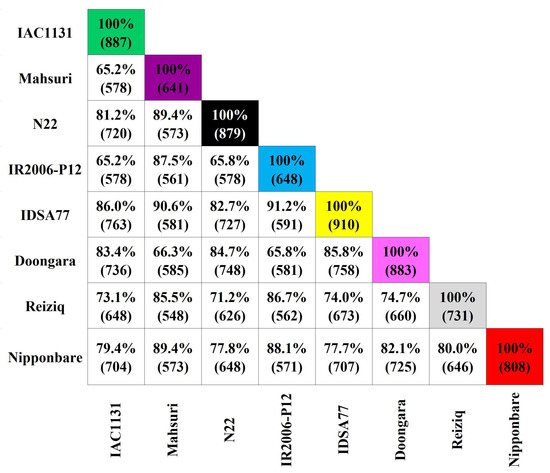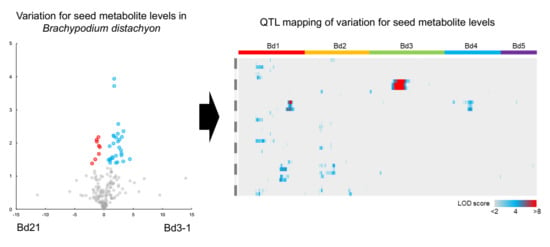Feature Papers in Molecular Plant Sciences
A topical collection in International Journal of Molecular Sciences (ISSN 1422-0067). This collection belongs to the section "Molecular Plant Sciences".
Viewed by 556350Editor
Interests: proteomics; omics; crop; abiotic stress; phosphorylation; signal transduction
Special Issues, Collections and Topics in MDPI journals
Topical Collection Information
Dear Colleagues,
This Topical Collection aims to collect high-quality review and original papers on omics techniques in the research fields of molecular plant sciences. Omics techniques include genomics, proteomics, transcriptomics, metabolomics, and so on. Genomics has revealed the static sequences of genes and proteins, and focus has been shifted to their functions, interaction, and modifications. The omics technologies are high-throughput technologies and have identified gene products (transcripts, proteins, and metabolites) present in a specific biological sample. Furthermore, omics technologies have opened new avenues towards biomarker discovery, identification of signaling molecules associated with function of plant growth, and stress responses. This Topical Collection will contain articles describing omics databases, new technology for omics, and system biology.
Since the aim of this Topical Collection is to illustrate, through selected works, frontier research in molecular plant sciences, we encourage Editorial Board Members of the Molecular Plant Sciences Section of the International Journal of Molecular Sciences to contribute papers reflecting the latest progress in their research field, or to invite relevant experts and colleagues to do so.
Prof. Dr. Setsuko Komatsu
Collection Editor
Manuscript Submission Information
Manuscripts should be submitted online at www.mdpi.com by registering and logging in to this website. Once you are registered, click here to go to the submission form. Manuscripts can be submitted until the deadline. All submissions that pass pre-check are peer-reviewed. Accepted papers will be published continuously in the journal (as soon as accepted) and will be listed together on the collection website. Research articles, review articles as well as short communications are invited. For planned papers, a title and short abstract (about 250 words) can be sent to the Editorial Office for assessment.
Submitted manuscripts should not have been published previously, nor be under consideration for publication elsewhere (except conference proceedings papers). All manuscripts are thoroughly refereed through a single-blind peer-review process. A guide for authors and other relevant information for submission of manuscripts is available on the Instructions for Authors page. International Journal of Molecular Sciences is an international peer-reviewed open access semimonthly journal published by MDPI.
Please visit the Instructions for Authors page before submitting a manuscript. There is an Article Processing Charge (APC) for publication in this open access journal. For details about the APC please see here. Submitted papers should be well formatted and use good English. Authors may use MDPI's English editing service prior to publication or during author revisions.
Keywords
- Omics
- Plant
- Plant sciences
- Food sciences
- Omics databases
- New technology for omics
- System biology










































